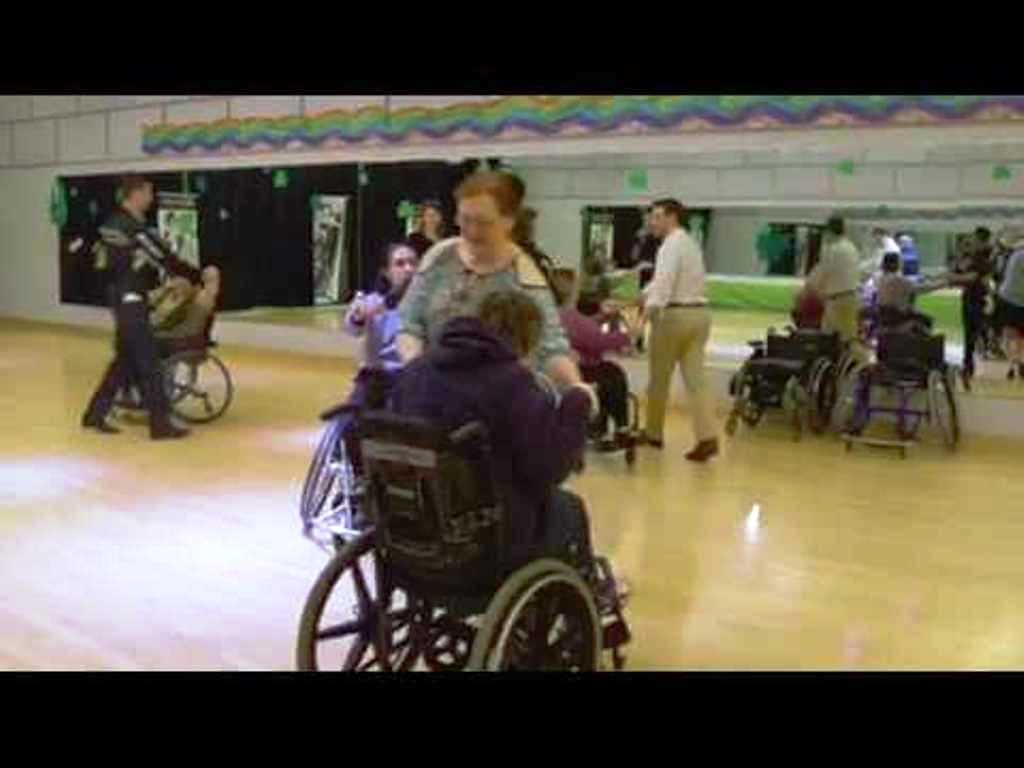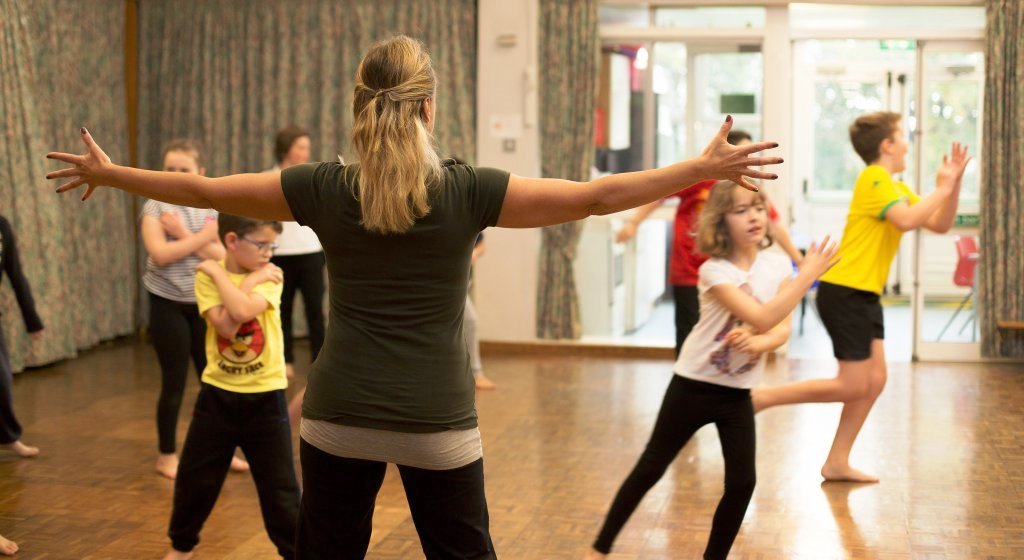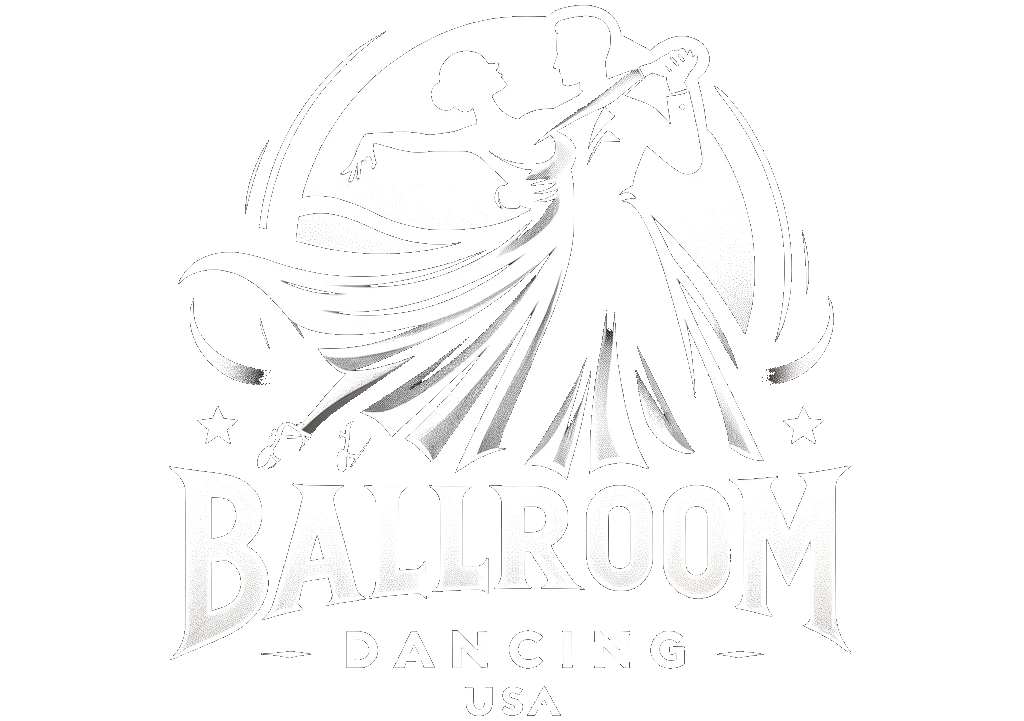
1. Introduction to the Ballroom Dance Community
Introduction to the Ballroom Dance Community
The ballroom dance community is a vibrant and diverse group of people who share a passion for the art of dance. Ballroom dancing is a social activity that brings people together and encourages them to express themselves through movement. The ballroom dance community is made up of a variety of individuals, from professional dancers to amateurs, who come together to enjoy the beauty of ballroom dancing.
Inclusivity and Diversity
The ballroom dance community is committed to fostering inclusivity and diversity. All are welcome to participate in the community, regardless of age, race, gender, sexual orientation, or ability. Ballroom dancing is a great way to meet people from all walks of life and to learn from each other.
The Benefits of Ballroom Dancing
Ballroom dancing has many benefits, both physical and mental. Physically, it is an excellent form of exercise that can help strengthen muscles, increase flexibility, and improve coordination. Mentally, ballroom dancing helps to reduce stress and improve concentration. It also provides an opportunity for people to socialize, make friends, and have fun.
Getting Involved
There are many ways to get involved in the ballroom dance community. You can attend dances, take classes, or join a dance studio. You can also join a dance organization or competition, or participate in a dance-related event. No matter what your level of experience, there is something for everyone in the ballroom dance community.
2. Overview of Inclusion Challenges in the Ballroom Dance Community
Overview of Inclusion Challenges in the Ballroom Dance Community
The ballroom dance community is not immune to the challenges of inclusion. Despite the beauty and joy of the art form, there are still some significant issues that need to be addressed in order to create an inclusive environment.
Accessibility
One of the biggest inclusion challenges in the ballroom dance community is accessibility. Many people are unable to participate due to the cost of lessons, classes, and events. In addition, there are often physical accessibility issues with some venues, which can make it difficult for people with disabilities to participate.
Diversity
Another issue is that of diversity. While the ballroom dance community is growing, there are still not enough people of color, people from different socio-economic backgrounds, or LGBTQ individuals participating. This lack of diversity can lead to a feeling of exclusion for those who are not represented.
Cultural Appropriation
Finally, there is the issue of cultural appropriation. Many of the dances in the ballroom dance community are rooted in cultural traditions, and it is important to respect those traditions. Unfortunately, there have been incidents of people appropriating these dances and not giving due credit to the culture from which they originated. This can lead to feelings of disrespect and exclusion.
3. Strategies for Fostering Inclusion in the Ballroom Dance Community
Strategies for Fostering Inclusion in the Ballroom Dance Community
1. Create a Welcoming Environment
Creating a welcoming environment is essential for fostering inclusion in the ballroom dance community. This means creating an atmosphere of acceptance and respect for all participants, regardless of their skill level, background, or identity. This includes making sure that all participants feel comfortable and welcome, and that any language or behavior that is considered offensive is discouraged and addressed.
2. Promote Diversity
Promoting diversity and inclusion in the ballroom dance community is key to creating an inclusive atmosphere. This means creating opportunities for people of all backgrounds to participate in ballroom dancing, and encouraging people to explore different styles and techniques. It also means offering resources and support for those who are new to the community, and making sure that all participants feel comfortable and accepted.
3. Celebrate Differences
Celebrating differences is an important part of fostering inclusion in the ballroom dance community. This means recognizing and appreciating the unique contributions that each individual brings to the community, and celebrating the diversity of the community. This includes recognizing and celebrating the different styles of dance, as well as the different cultural backgrounds of the participants. It also means creating a space for people to express themselves through their dance, and to feel comfortable doing so.
4. Benefits of Inclusion in the Ballroom Dance Community
Benefits of Inclusion in the Ballroom Dance Community
The ballroom dance community is an incredibly diverse and vibrant space, and its benefits extend far beyond the physical and mental health benefits of dancing. When we create an inclusive environment in the ballroom dance community, everyone is able to benefit.
1. Improved Self-Esteem
Inclusion in the ballroom dance community can help to improve one’s self-esteem. When members of the community are accepted and respected for who they are, they are able to feel seen and valued. This can lead to an increased sense of self-worth and confidence.
2. Increased Sense of Belonging
Inclusion in the ballroom dance community can also lead to an increased sense of belonging. When members of the community are accepted and respected, they can feel like they are part of a larger community and have a place to belong. This can lead to increased social connections and a greater feeling of connectedness.
3. Increased Access to Opportunities
Inclusion in the ballroom dance community can also lead to increased access to opportunities. When members of the community are accepted and respected, they may have access to more resources and opportunities than they would otherwise. This can lead to increased chances of success and the ability to pursue their goals.
4. Increased Cultural Awareness
Finally, inclusion in the ballroom dance community can help to increase cultural awareness. When members of the community are accepted and respected, they can learn more about different cultures and backgrounds. This can lead to greater understanding and appreciation of different cultures and backgrounds.
5. Examples of Inclusive Ballroom Dance Communities
Examples of Inclusive Ballroom Dance Communities
1. USA Dance
USA Dance is a national organization dedicated to the promotion of ballroom dancing in the United States. USA Dance’s mission is to foster the growth of ballroom dancing in the US by providing education, events, and resources. USA Dance offers a variety of programs and activities that promote inclusivity and respect for all dancers.
2. DanceSport International
DanceSport International is a nonprofit organization that promotes the sport of ballroom dancing. DanceSport International is committed to fostering an inclusive environment for all dancers, regardless of ability or experience. The organization offers a variety of competitive events and educational opportunities for dancers of all levels.
3. Dancevision
Dancevision is a network of ballroom dance studios and schools across the US. Dancevision is committed to creating an inclusive and welcoming environment for all dancers. The organization offers a variety of dance classes, workshops, and events for dancers of all backgrounds and skill levels.
4. Dance For All
Dance For All is a national organization dedicated to providing opportunities for people of all ages and abilities to learn and enjoy ballroom dancing. Dance For All offers a variety of classes and events designed to foster inclusivity and respect for all dancers.
5. Dance With Me
Dance With Me is a national organization that promotes the social aspects of ballroom dancing. Dance With Me is committed to creating an inclusive and respectful environment for all dancers. The organization offers a variety of social events, classes, and workshops for dancers of all backgrounds and skill levels.
6. Resources for Further Learning on Inclusion in the Ballroom Dance Community
Resources for Further Learning on Inclusion in the Ballroom Dance Community
Books
1. Dancing Diversity: Inclusion in Ballroom Dance by Marisa C. Hayes
2. The Ballroom Dance Community: Inclusion and Exclusion on the Dance Floor by Karina M. Davidson
3. Inclusion and Accessibility in Ballroom Dancing by Katarina K. Johnson
Websites
1. Dance.org: Inclusion
2. BallroomDancers.com: Inclusion
3. DanceAbility: Inclusion
Organizations
1. Inclusion in Ballroom
2. Ballroom Dancing for All
3. Dance Inclusion
7. Conclusion
Conclusion
The ballroom dance community in the US is a vibrant and diverse group of individuals. It is a place where people of all backgrounds can come together to express themselves through movement, music, and friendship. With the right approach, the ballroom dance community can foster an environment of inclusion and acceptance for all.
By creating a safe space for all to express themselves, the ballroom dance community can become a place of mutual respect and understanding. By providing resources and guidance to those who are new to the dance, the ballroom dance community can help to ensure that everyone can participate in a positive and welcoming atmosphere.
By working together to create a more inclusive and accepting environment, the ballroom dance community can ensure that everyone is respected and appreciated for their unique contributions. Through education, understanding, and collaboration, the ballroom dance community can continue to foster an environment of inclusion and acceptance for all.
Takeaway
The ballroom dance community in the US is a vibrant and diverse group of individuals. With the right approach, it can foster an environment of inclusion and acceptance for all. By providing resources and guidance to those who are new to the dance, and by working together to create a more inclusive and accepting environment, the ballroom dance community can ensure that everyone is respected and appreciated for their unique contributions.





